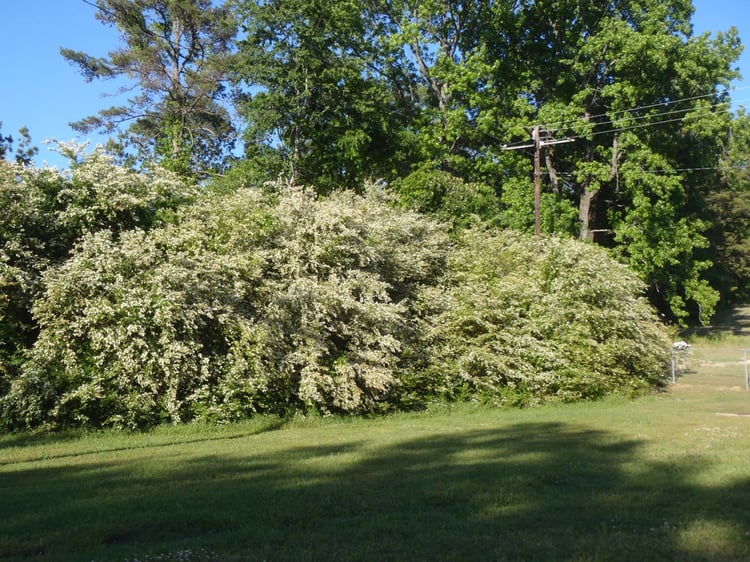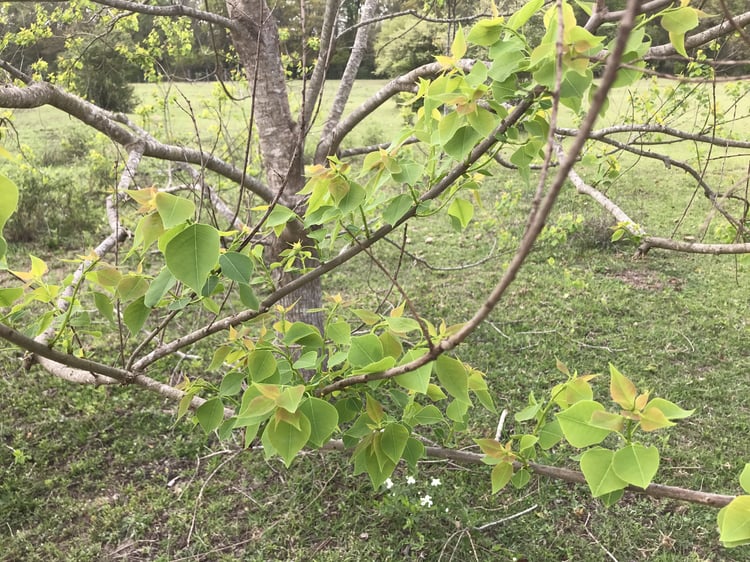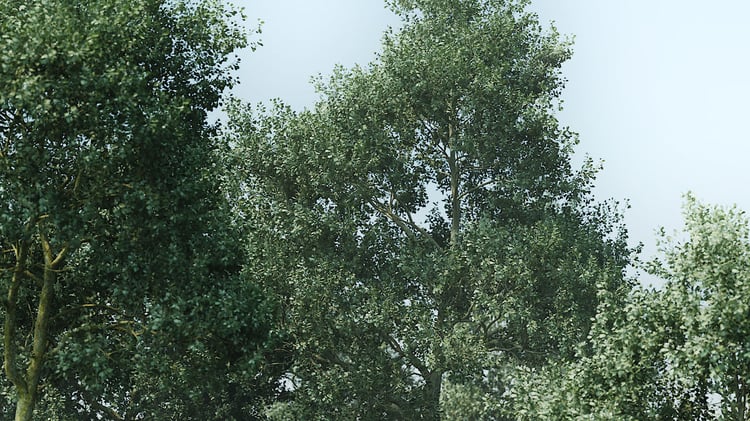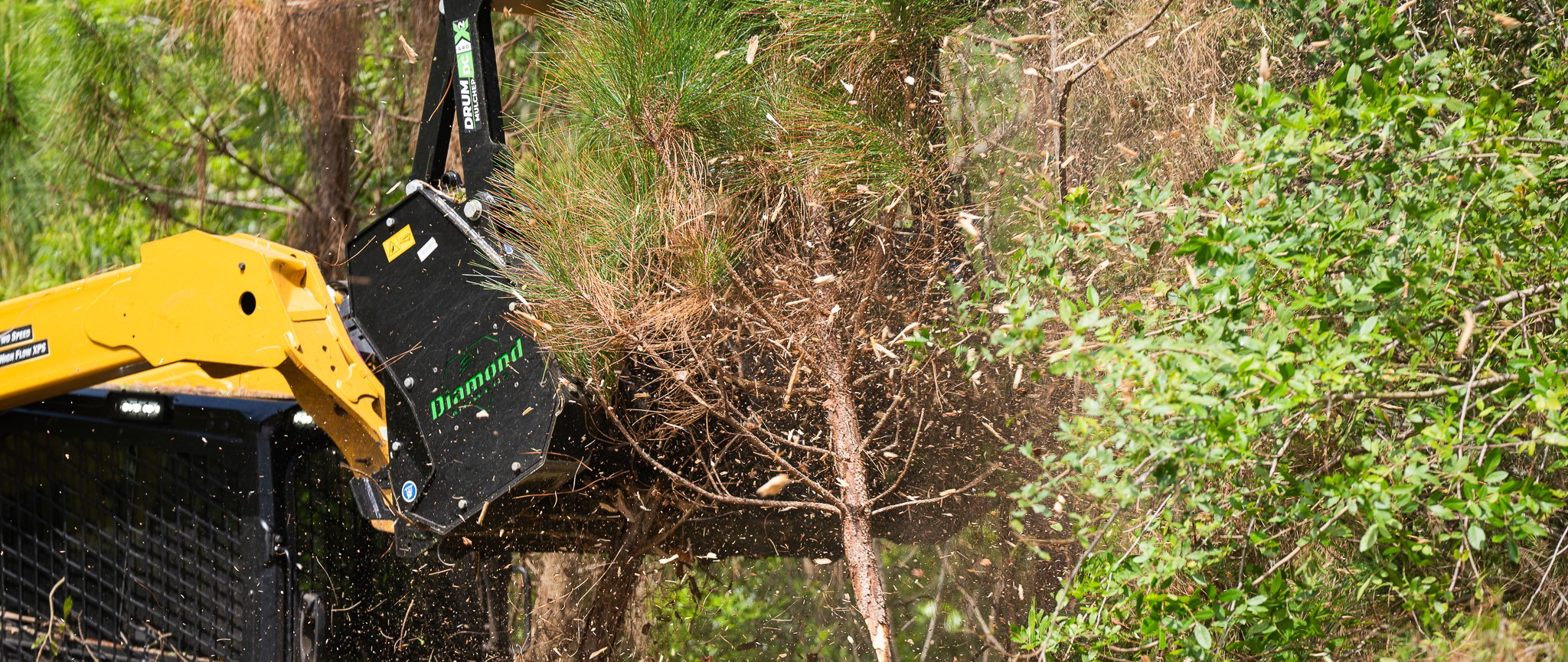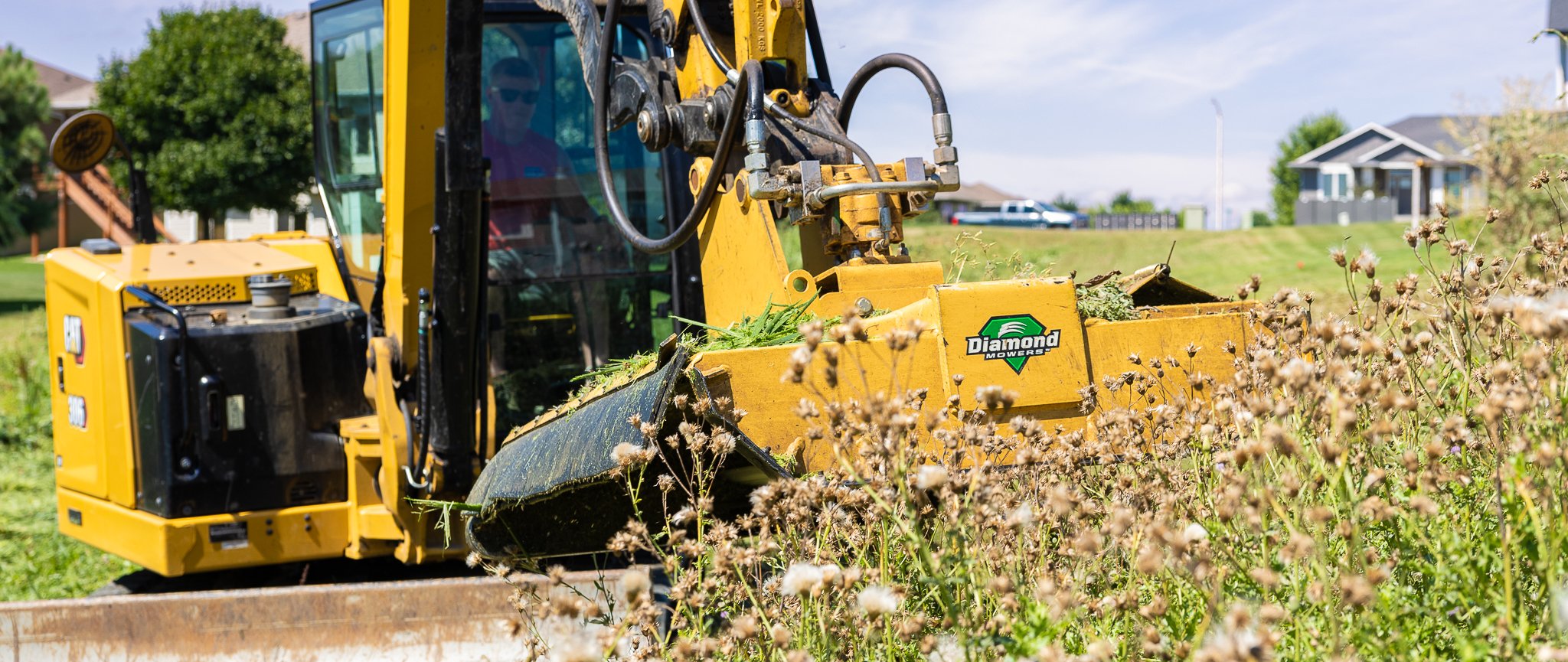Invasive Tree Species of the Southeast
Jan 15, 2021 . 2 min read

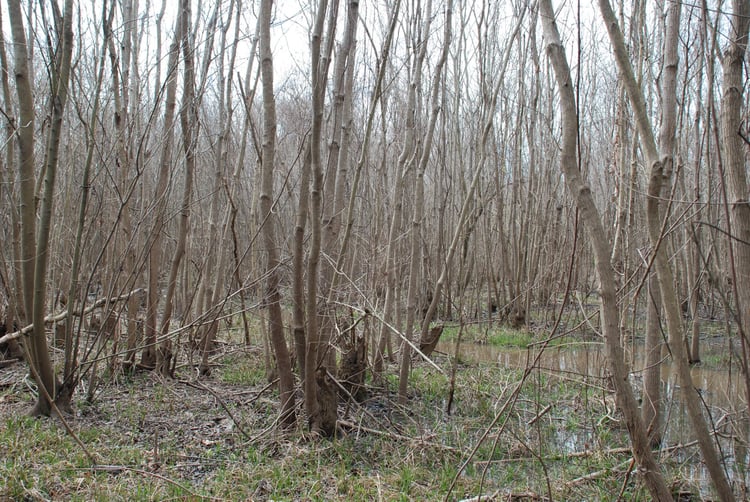
If you live or work in the Southeast, you have admired breathtaking trees that have made their home as part of the southern landscape. Beautiful, old trees that have been around for generations could tell some interesting stories to the intrusive trees that have moved in and taken over. We explore some of the main invasive trees impacting the Southeast and how to tackle them.
Privet
Ligustrum Japonicum and Ligustrum Sinense otherwise known as Japanese Privet and Chinese Privet. Several species of privet have been planted in the Southeast as a landscaping hedge. Unfortunately, the privet is top of the class for displacing native vegetation and forming dense thickets.
If you are looking for an aesthetically pleasing hedge that will grow quickly and you are willing to put in the work to maintain it, privet may be just what you are looking for. However, the amount of time it takes to maintain it can be extensive.
Quick Stats
- Height: up to 16 feet tall
- Diameter: can be 1-10 inches thick
- Ecological Threat: Ability to outcompete and displace native vegetation due to adaptability
Check out our Mulch Madness – Tackling The Chinese Privet article for more information.
Photo Credit: https://plants.ces.ncsu.edu/plants/ligustrum-sinense/
Chinese Tallow
Chinese Tallow is one of the most noxious invasive species of the Southeast and is dangerously expanding by outcompeting native vegation. It is found across the Southeast to Texas. This plant was originally native to China and Japan, and has expanded across the US. It invades stream and riverbanks, and wet areas like ditches and upland sites. This invasive species alters light availability for other plant species and the leaves contain toxins that create unfavorable soil for native plants.
Quick Stats
- Height: up to 60 feet tall
- Diameter: can be up to 3 feet thick
- Ecological Threat: Will outcompete native plant species, reducing habitat for wildlife as well as forage areas for livestock.
Our blog Conquering Chinese Tallow – An Invasive Species In The South has more information.
Photo Credit: https://nwdistrict.ifas.ufl.edu/nat/2020/03/27/getting-rid-of-chinese-tallow-trees/
Poplar
Some of the common poplar species are the White Poplar, Lombardy Poplar, and Gray Poplar. Poplars are often grown as ornamental trees but have an invasive root system that can span up to 130 feet from the tree. Planting any variety of Poplar close to houses or water pipes may result in damage due to their search for moisture.
Quick Stats
- Height: up to 164 feet tall
- Diameter: can be up to 8 feet thick
- Ecological Threat: Takes root easily from broken branches, spreads quickly, and grows in large colonies from a single original tree.
Photo Credit: https://www.thegrove3d.com/wp-content/uploads/2015/06/TwigGreyPoplarGroveSmall.jpg
Kudzu
To switch gears from tree talk, we look at Kudzu, also known as Japanese arrowroot or Chinese arrowroot. The Kudzu vine has various uses, from paper and clothes making to herbal medicine and different food ingredients. Originally this plant was used in the US by farmers to stop soil erosion. Unbeknownst to farmers, this vine quickly became a major weed, and in 2015 the United States Forestry Services estimated the growth rate of the Kudzu to be 2,500 acres per year.
Quick Stats
- Expands by as much as 60 feet per growing season
- Diameter is 7 inches or thicker
- Ecological Threat - ability to outcompete and displace native vegetation due to adaptability
Learn more about The Great Kudzu Invasion.
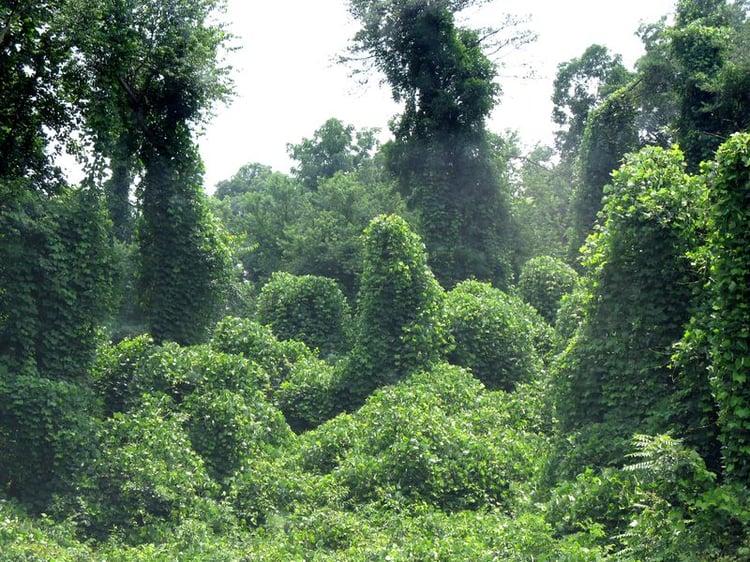
Photo Credit: https://www.smithsonianmag.com/science-nature/global-price-invasive-species-180959522/
Explore Land Clearing Attachments from Diamond Mowers
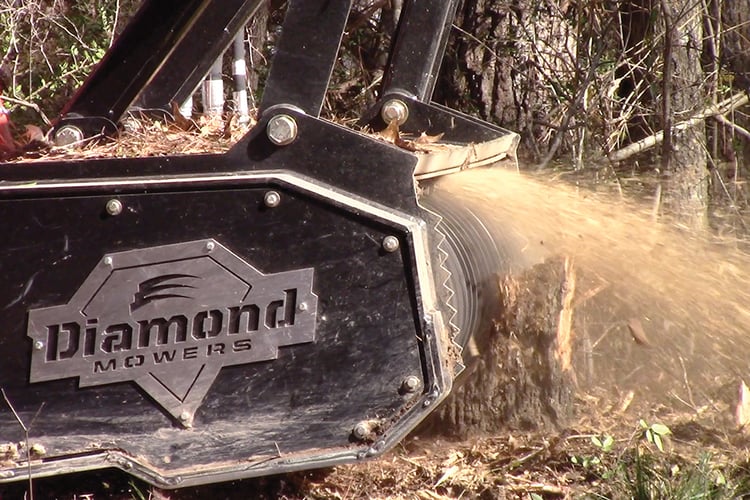
With a skid-steer attachment from Diamond Mowers, you can cut, mulch, and grind many invasive species to remove them from your property. We recommend our mulching attachments to take control:
- Skid-Steer Forestry Disc Mulcher: For cutting trees and shrubs up to 14 inches in diameter and mulching trees and shrubs up to 6 inches in diameter
- Skid-Steer Drum Mulcher: For mulching trees and shrubs up to 9 inches in diameter
If you have a question about our products, contact our team or find a Diamond Mowers dealer near you. Our team of specialists will help you find the right product for your specific land clearing, trimming, and mulching needs.

